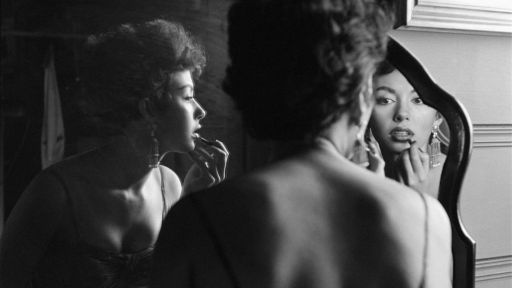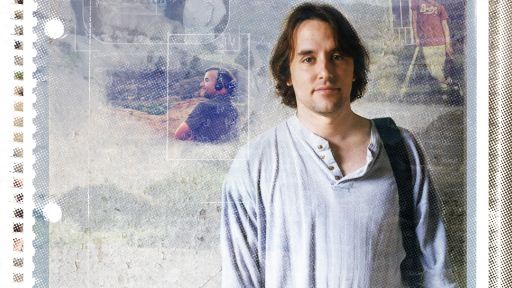When you grow up disabled, the names of other disabled or Deaf icons are always running through your mind. Of course, Helen Keller is one of the mainstays.
Whether one is actually deaf or not, any perceived limitation causes someone to bring up the author and disability rights advocate, for good and ill. My earliest memories of Keller come from the place I’ve loved and chosen to cover for my career: the movie screen. Patty Duke’s Oscar nominated performance in 1962’s “The Miracle Worker” wasn’t the first movie about a disabled person I saw, but it was the most ubiquitous.
It’s an image that has become ingrained in nearly all discussions of disability representation on-screen. Despite the fact that 1 in 4 people in the United States have some form of disability, they only make up about 3.1 percent of on-screen portrayals which is actually a 10-year high according to GLAAD. Media is the main conduit for people, disabled and abled, to see both themselves and the lives of people different from them. Keller’s persona, for a majority of people, is presented through “The Miracle Worker.” There’s a compartmentalization that takes place when watching disabled narratives. Duke’s work as Keller encapsulates the “yes, but” mentality that disabled people approach when watching their stories unfold. Yes, Helen Keller’s story is important and having a movie showcases her accomplishments, but it’s told through the lens of an able-bodied figure (that being Anne Bancroft’s Oscar-winning role as Annie Sullivan). Yes, Duke’s performance is sensitive and groundbreaking, but it’s also reliant on histrionic and uncomfortable pantomime of disability.
Because of this compartmentalization and the lack of disabled performers on-screen and disabled people behind the camera, it’s easy for stereotypes and misinformation to proliferate, aided by past on-screen portrayals. Personally, it’s impossible for me to disclose my medical diagnosis without someone telling me “Oh, you have the ‘Unbreakable’ disease,” citing the 2000 Bruce Willis/Samuel L. Jackson feature wherein Jackson plays a man with brittle bones. One of the more overt stereotypes perpetuated by the media, and one “The Miracle Worker” plays to the hilt, is the idea that people with disabilities are inherently both pitiful and inspirational. This isn’t unique to Helen Keller’s story, but goes all the way back to Charles Dickens’ Christmas tale, “A Christmas Carol,” with Tiny Tim becoming synonymous with all things darling, pathetic, and disabled in equal measure.
It’s fascinating to remember that the movie with the most disabled people on-screen remains 1932’s horror feature “Freaks.” Though it is sold as a feature to scare able-bodied audiences, to many disabled viewers it’s a sensitive and audacious examination of disabled exploitation, and coming out of the 1930s no less. It is only as more disabled people are writing about and starting to break the glass ceiling of Hollywood that we’re able to deconstruct the stereotypes and find the nuance in stories that maybe were dated for their time. Currently, the Apple TV+ movie “CODA,” about a young woman growing up as the sole hearing person in an all-Deaf family, is finally giving Deaf and disabled audiences the opportunity to see themselves without pity, wealth, or something to overcome.
This brings me back to Keller and “The Miracle Worker.” Is the movie problematic? Of course, it’s still told by abled, sighted, and hearing people. But to see it just through that perspective not only limits Keller’s significance in her story, but would permanently close the door to her numerous accomplishments. For several generations, people only knew Keller through the movie, and even then the fear is that a history of questionable looks at disability have corroded audiences from looking at disabled people off the screen.
Earlier this year, social media was ablaze with various TikTok videos proclaiming that not only was Helen Keller not deaf and blind, but that she might not have existed at all. This unfounded belief is indicative of the rampant ableism that still exists in society. I’ve shocked acquaintances by driving a car or even having the career I have because they’ve never actually seen a disabled person doing those things. Much like today’s teens questioning how Keller could write books without being able to see and hear, ableism runs on misinformation, “fake news” if you will, and complex portrayals of disability on-screen can cut down on much of it in the future.
In the end, I appreciate the groundwork “The Miracle Worker” laid out, but like all pieces of entertainment, it should be just the beginning. The significance of movies in opening up people’s eyes to the world of the disabled is a huge leap forward. They remain the clearest way for us to learn about people who aren’t like us. But it’s also on the audience to look deeper and go outside of what they’ve seen to learn about the subject itself. I’ve been fortunate to not only watch movies telling disabled stories, but have told my own, and hopefully inspired others to watch movies more closely.
Kristen Lopez is the TV Editor at IndieWire, where a version of this article also appears.


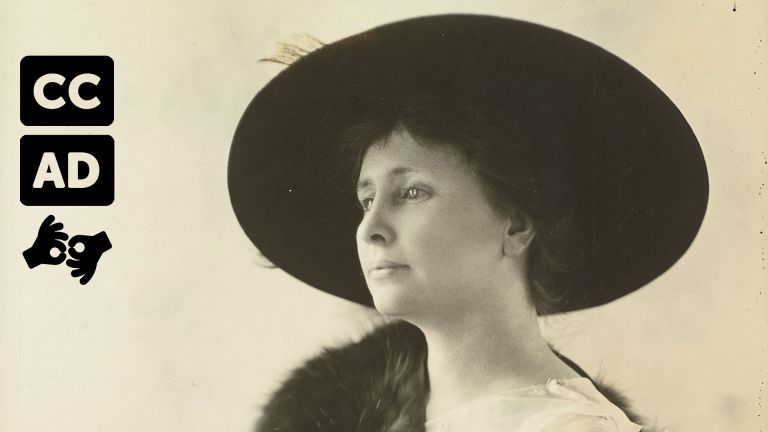

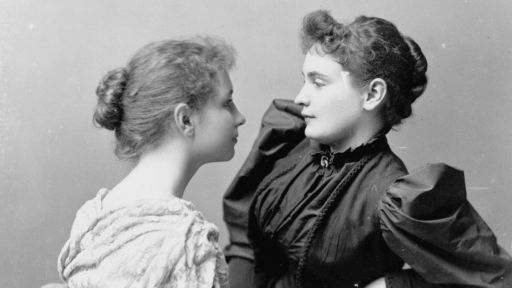
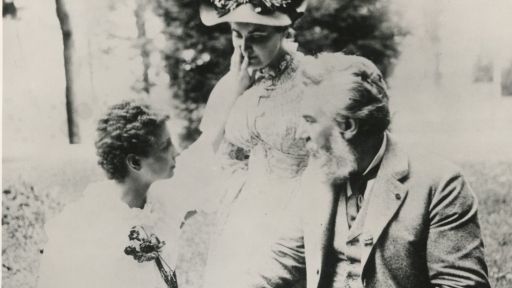


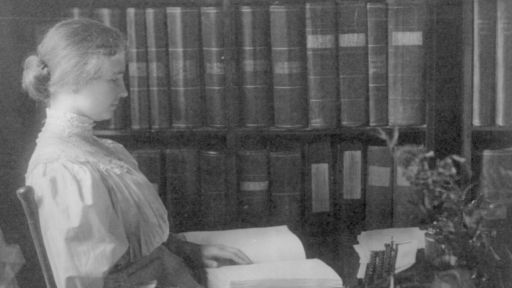
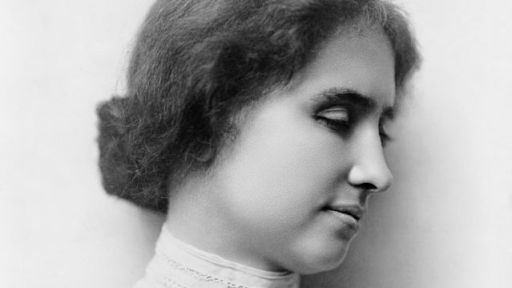
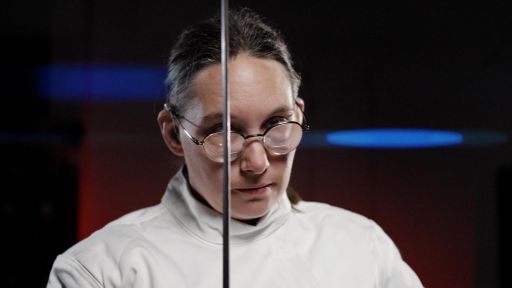
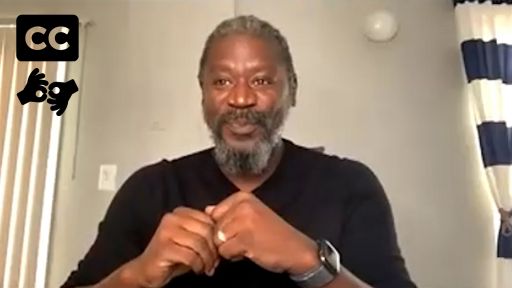
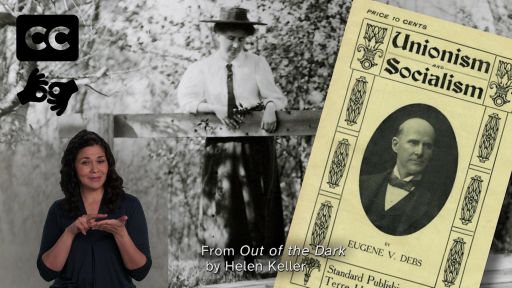
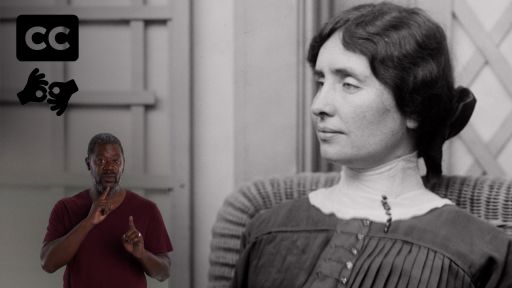
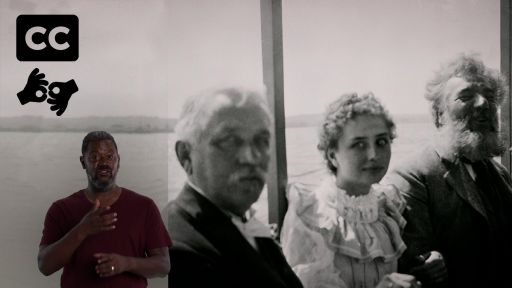
![Becoming Helen Keller -- Elsa Sjunneson: DeafBlind author [Audio Description + ASL]](https://pbs-wnet-preprod.digi-producers.pbs.org/wnet/americanmasters/files/2022/03/Rxaa3o7-asset-mezzanine-16x9-JNz2pke-512x288.jpg)

![Becoming Helen Keller -- Helen Keller studied socialism [Audio Description]](https://pbs-wnet-preprod.digi-producers.pbs.org/wnet/americanmasters/files/2021/10/EqPyQ19-asset-mezzanine-16x9-tGsOsJd-512x288.jpg)
![Becoming Helen Keller -- Helen Keller the suffragist [Audio Description]](https://pbs-wnet-preprod.digi-producers.pbs.org/wnet/americanmasters/files/2021/10/yTaS3yJ-asset-mezzanine-16x9-4nbxXU4-512x288.jpg)
![Becoming Helen Keller -- Keller's use of oral communication [Audio Description]](https://pbs-wnet-preprod.digi-producers.pbs.org/wnet/americanmasters/files/2021/10/dUfOBIW-asset-mezzanine-16x9-NlZMY6w-512x288.jpg)


